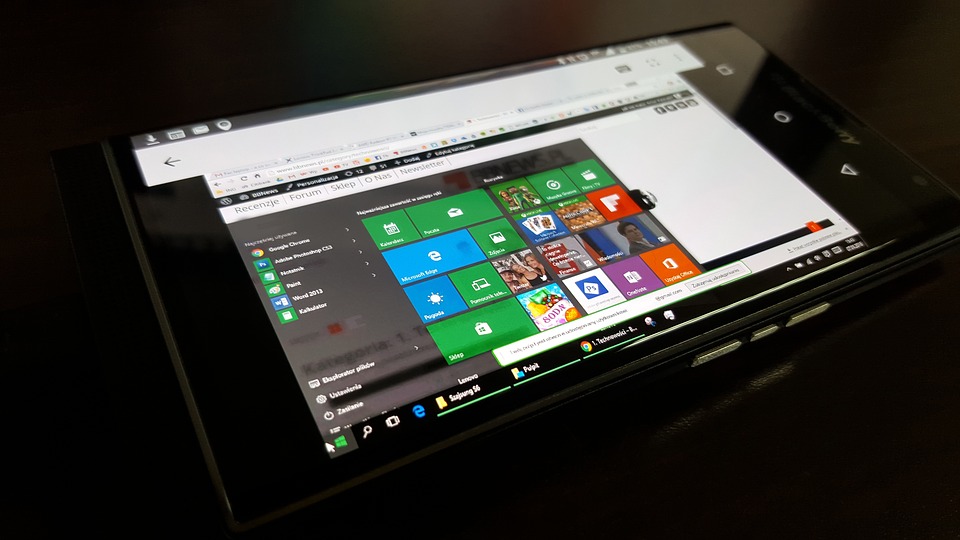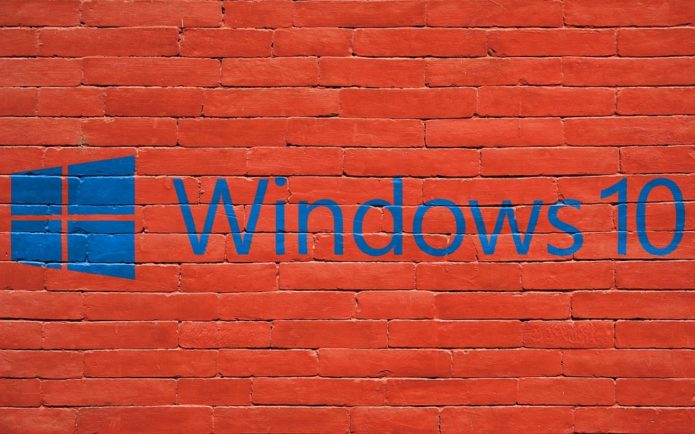For many of us, technical issues with computers can be a complete nightmare. The younger generation grew up at schools and colleges learning how to code and how the basics of computing work, however for older generations this all remains a complete mystery. As a result, when something goes wrong with an operating system like Windows 10, many people have no idea how to solve the problem and often resort to expensive technicians to fix the issues. In the long run, this isn’t sustainable due to the cost or the time involved, so it can be advisable to find self-help guides to aid you along the way. Here we are going to take a look at 4 common Windows 10 issues that you can easily fix yourself.
Lack of space for an update
In the modern world where viruses abound and hackers attempt to break into your systems to steal valuable data, it is crucial that your PC is always kept up to date with the latest updates from Microsoft or you will put yourself in danger. When faced with a lack of space for a new update you can either use a free downloadable program or you can use the built-in disk clean up tool which will remove all temporary files, and uninstall apps and their associated files, cleaning them of all unwanted data.
You can, of course, do it manually, but this is time-consuming, so let the program do what it was designed for. These simple steps will usually free up enough space for the next update, leaving you secure from the latest round of potential malware.
Modularization
A very 21st-century problem is the lack of modularization of applications so that they can take advantage of each other and improve their respective functionality. Many people may not even know what this means but in layman’s terms it means introducing a file that contains code and other data, which experts from DllDownloads.com advise can help to reduce application and memory size since many apps will share the same code. So, if you are suffering from a lack of memory and you are finding that your apps cannot talk to each other to improve efficiency, then consider downloading a program that solves the issue, thereby improving your computer experience.
Speed
One of the biggest bugbears with Windows 10 is that it can take an age to boot up, and this is extremely frustrating especially if you are just looking to get on with your day’s tasks. Just because it is taking an age, this doesn’t mean that you need to call in an expert or buy a new computer, there are several checks that you can do yourself that will improve performance. The first check is to make sure that all the available updates have been installed because if not, the speed can reduce significantly.
At the same time, you can check for malware, as these are the two most common reasons why booting uptime is slow. Malware can be difficult to identify so make sure your security updates are always in place and this will help your PC to run more quickly.

Too many notifications
You have just sat down to a hard day’s work and before you know it your PC starts pinging notifications at you. Everybody knows this feeling as it is incredibly distracting because you can’t just get on with your work in peace. Have you ever realized, though, that these notifications often come from apps that you barely use?
Thankfully, it is surprisingly easy to turn these notifications off, you only need to go into the Settings menu and then head to Notifications and Actions. Here you can individually set the level of notification you require for each app, so you will never miss those important messages from the likes of Whatsapp, but that annoying app running in the background will not pester you with pointless alerts that you do not care about.
As we have learned many issues can spring up with Windows 10, but the most common problems can be fixed with a little bit of application and hard work. If you cannot update apps due to a lack of space then use a clean-up tool to free memory, and if your apps won’t modularize correctly then download a file full of code and data that will help to make them talk to each other improving efficiency. Slow loading can be caused by not having the correct updates in place, so always check for these and if you are bugged by too many notifications, then set the level you require for each app individually. Follow this guide and your Windows 10 experience will be improved immeasurably.


